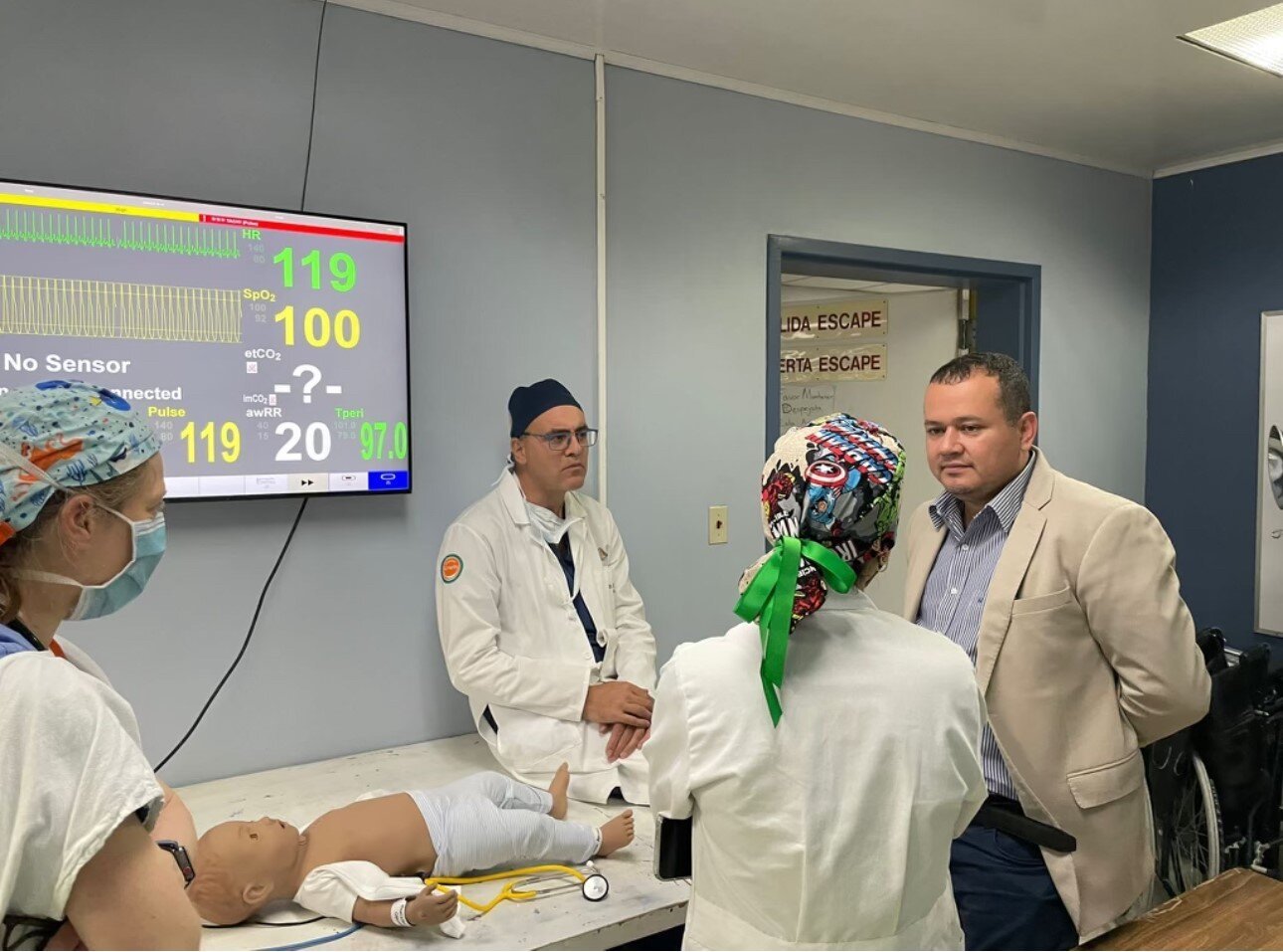Great news for those concerned about maintaining health post-retirement. While mental relaxation and a healthy lifestyle are all important during retirement, a recent study highlights that engaging in a specific exercise routine for just one year around the time of retirement can help preserve leg strength for many years to come.
The researchers discovered that doing twelve months of heavy resistance training around retirement age induces long-term beneficial effects on leg strength, lasting up to four years.
Leg muscle strength is a strong predictor of mortality in older adults. Skeletal muscle mass and function naturally decline with age, affecting mobility and autonomy. While resistance training can counteract this loss, most studies have only tracked its effects for 6-9 months. The researchers behind the latest study examined if a year of supervised heavy resistance training would have longer-term benefits.
“This study provides evidence that resistance training with heavy loads at retirement age can have long-term effects over several years,” the researchers wrote in the study published in BMJ Open Sport & Exercise Medicine.

The study involved 369 healthy and active recent retirees from the Live active Successful Ageing (LISA) study. Participants were then randomly assigned to one of three groups: lifting heavy weights three times a week, doing moderate-intensity circuit training with bodyweight exercises and resistance bands three times a week, or maintaining their usual levels of physical activity.
The researchers measured bone and muscle strength, as well as body fat levels of the participants at the beginning of the trial and then again after 1, 2, and 4 years.
They observed declines in leg extensor power(ability to kick a pedal as hard and as fast as possible) handgrip strength, and lean leg mass across all groups. However, visceral fat remained stable in the heavyweight and moderate exercise groups but increased in the comparison group.
“Leg strength, however, was still preserved at the same level in the heavyweight’s training group, but fell in the moderate intensity training and comparison groups, possibly because of nervous system changes in response to resistance training, suggest the researchers. And this difference was statistically significant,” the news release stated.
Since the participants were generally healthier and more active than average people during retirement they may not necessarily be representative of the population as a whole. However, the researchers believe that their findings “provide means for practitioners and policy-makers to encourage older individuals to engage in heavy resistance training.”










